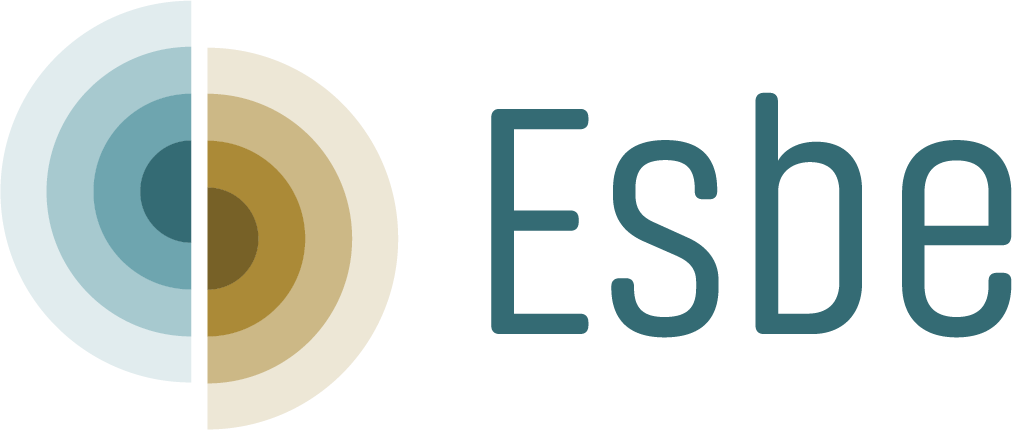Organizational Diagnostics: The Tools and Methodology
What are organizational diagnostics and why is it important? Organizations are extremely complex systems that are striving to accomplish a goal and each team is fully connected to all other teams – no matter how many times we say we work in silos. When things happen in an organization that make us go, “wait… what was that and why are we taking a hit,” we need to conduct diagnostics to discover and isolate the issue.
This is a strange connection, but I think of organizations like rollercoasters. There is a team that covers the maintenance, we need salespeople to get people on the ride, we need compliance to keep everyone safe, we need service to keep people coming back, and we need to provide an excellent experience. What would happen if the ride was consistently a hit but after a few years, attendance starts to drop, new people aren’t riding and people aren’t coming back. Is it time to update the ride? Is it advertising? Is it that the experience hasn’t evolved? Or what if a customer saw a crack in the beam of the coaster – this literally just happened this year. What type of diagnostics need to be ran to determine how to mitigate the risk that was evident?
In these scenarios, there are a lot of areas that need to be reviewed ranging from process to marketing. On one end of the spectrum, we have diagnostics for business performance, and on the other end of the spectrum we have diagnostics for major safety concerns. Let’s take a look at types of diagnostics and over a period of blogs, we will discuss in detail each type of diagnostics tools along with its application in methodology.
Types of diagnostics tools:
Questionnaires
Interviews
Observations
Analysis of data and statistics
Task groups
Problem solving workshops
Training programs
Examining critical incidents
Written input (invented by Esbe as a proven solution for organizational discovery)
These tools are used throughout the entirety of the organizational diagnostics process where each tool fits within certain scenarios to maximize the impact of the diagnostics. The general process includess the following:
Organization identifies indicators of concern within the organization or between organization and customer experience.
Tools are pulled in to generate inquiries for gaps and possible solutions.
Action planning follows the diagnosis phase of inquiry.
Implementation of solutions to practice, process, and technology are integrated into the organization
Removal of previous practices and processes that contributed to the problem.
To share an example of the entire process in action – we were asked to help an organization that had high engagement and high attrition. They were also experiencing high attrition during mergers and acquisitions, which was a major part of this organization’s strategy. This was the first phase from the organization, identifying issues that they needed to address.
We worked through further questions with the leadership team and leveraged our Letters to Leaders tool (written input from employees) to pull in unbiased input from the entirety of the organization. This diagnostics tool created in-depth visibility to real opportunities that were evident from operational challenges to process and developmental challenges.
Following the diagnostics, we worked with the organization to develop a strategy and plan of execution to deliver solutions that would be owned by the people of the organization.
Finally, the organization stopped focusing on some initiatives that either had no impact or created friction within processes which directly improved their initial concerns.
The best part of these solutions is that we were no longer needed. The people addressing the issues are of all levels of the organization – which even leads to future leadership experience.
Diagnostics creates the environment to execute on competitive advantage. Developing followership unleashes the people in the organization to sustainably execute current and future initiatives.
